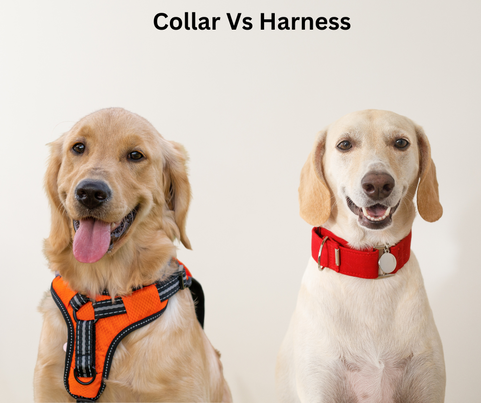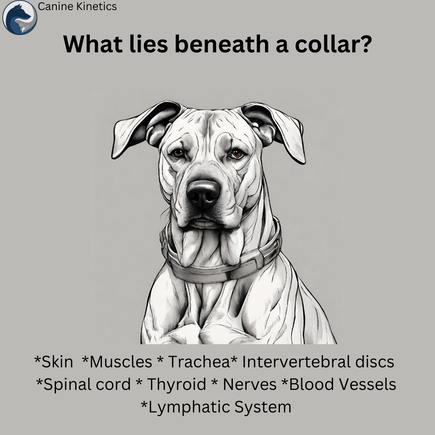|
Deciding between a collar and a harness can be a common dilemma for any dog owner. Each option has its own set of advantages and disadvantages, even when the collar of the harness has been fitted properly. Making the right choice depends on several factors, including your dog's size, breed, behaviour and intended use.
Collars for Dogs Pros:
Harnesses for Dogs Pros:
Anatomical Consideration Understanding your dog's anatomy is crucial when deciding between a collar and a harness:
The choice between a collar and a harness for your dog should depend on your dog's individual needs, size, breed, and behaviour. For most dogs, a harness provides a safer and more comfortable option for both walking and general use. However, collars may be appropriate for specific training purposes or for dogs that tolerate them well. Regardless of your choice, always ensure that the equipment fits properly and is comfortable and if you are ever in doubt, have a chat to your friendly veterinarian or canine physiotherapist. |
AuthorJoanna Whitehead Archives
June 2024
Categories
All
|



 RSS Feed
RSS Feed
